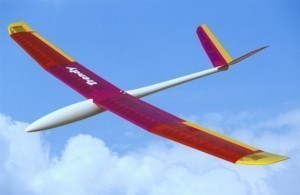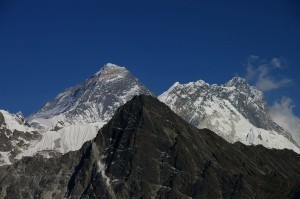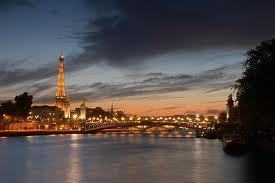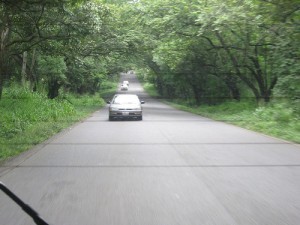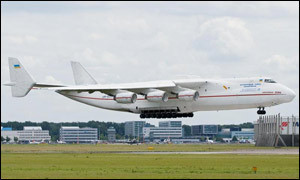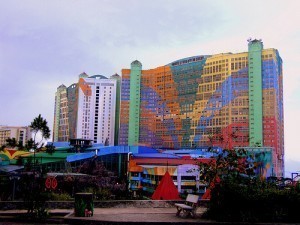What is the Size of a Skyway?
A skyway is a pedway made up of a bridge connecting two buildings. 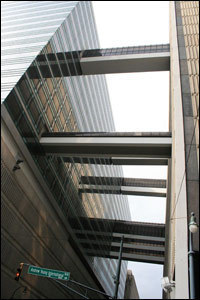 The bridge is closed so the pedestrians crossing are shielded from weather extremes. It is also known as a skywalk, sky bridge and catwalk.
The bridge is closed so the pedestrians crossing are shielded from weather extremes. It is also known as a skywalk, sky bridge and catwalk.
Skyway Dimensions
Skyways come in different sizes. The longest is the +15 walkway system in Calgary, Alberta. It is 16 km (10 miles) long. The system isn’t continuous however. The longest continuous network is the Minneapolis Skyway System. It is 8 miles (13 km) long and joins 69 blocks in Minneapolis.
The skyway in Bangkok, Thailand between the Skytrain Siam Station and Central World is 2 km long. The one in Cedar Rapids, Iowa connects 15 blocks. The skywalk in Cincinnati, Ohio is 1.3 miles (2.1 km) long and connects 15 blocks.
The skywalks of the Dallas Pedestrian Network join up 12 buildings. The skyway dimensions at Des Moines, Iowa are 4 miles (6.4 km) long. It connects 30 blocks. The skywalk in Detroit, Michigan connects 8 blocks.
Other Notable Skyways
The Grand Rapids, MI skywalk is 1 mile (1.7 km) long. It connects 7 blocks. The Houston, Texas skyways are 6 miles long and connect 35 blocks. The skyway between the Petronas Twin Towers in Kuala Lumpur is 58 m long and 170 m high. It is between the 41st and 42nd floors. It is the world’s tallest two-storey bridge.
The Saint Paul, Minnesota skyway dimensions are 5 miles long and connect 30 blocks. The skyway in Toronto, Ontario is 0.7 km long. The Vilvoorde, Flanders is 1.6 miles (2.7 km) long and connects 9 blocks.
Other notable skyways are those in Duluth, Minnesota, Edmonton, Alberta (Edmonton Pedway), Fargo, North Dakota, Hong Kong (footbridges) and Kansas City (Crown Center). Other prominent skyways are in Melbourne, Australia, Oklahoma City, Oklahoma and Paradise, Nevada.
Features
The skyways are operated by private businesses so they are not public spaces. The typical skyway joins up on the first few floors over the ground level floor. In the case of the Petronas Towers it is several meters high. The space in the buildings joined by skyways is often filled with stores and shops. Most of the time, these spaces are filled with shopping malls.
Environmental Issues and Other Uses
Apart from providing pedestrians convenience and safety, the skyway helps ease traffic congestion. Many cities create these skyways to reduce vehicle pollution. The skyway also keeps people separate from the pollution generated by vehicles. Many urban developers use computer models to analyze the impact the skyways will have.
Mumbai Skywalks System
This is a planned discontinuous system of 50 skywalks. The plan is to set these in the Mumbai Metropolitan Region. Each one will be 2 km long. When it is completed, it will be the biggest skyway system in the planet. There are also some cities with underground equivalents of the skyway.
Because they have proven to be effective in easing traffic flow, the skyway dimensions will likely increase. It has become a vital component in many cities around the world.
